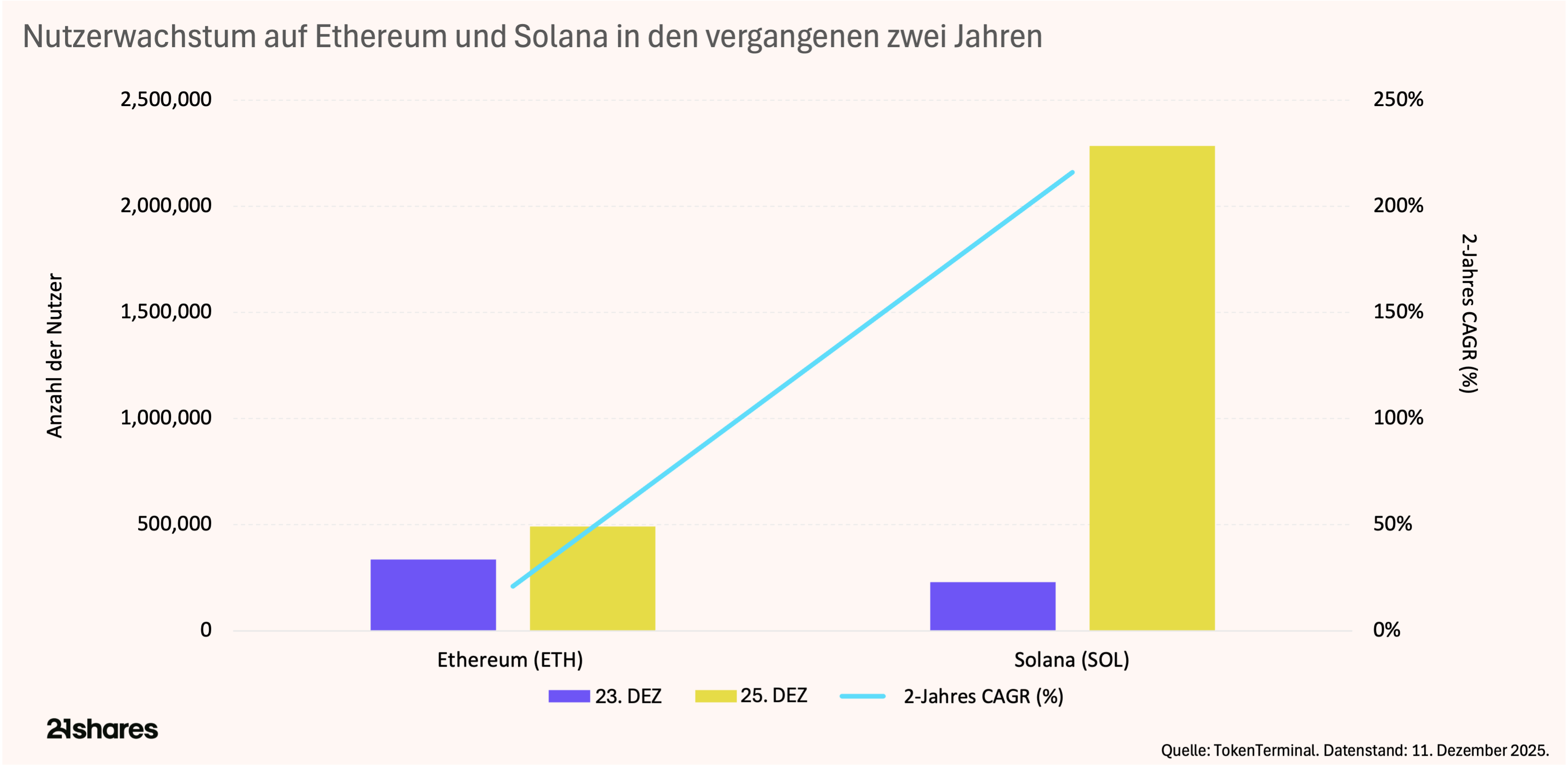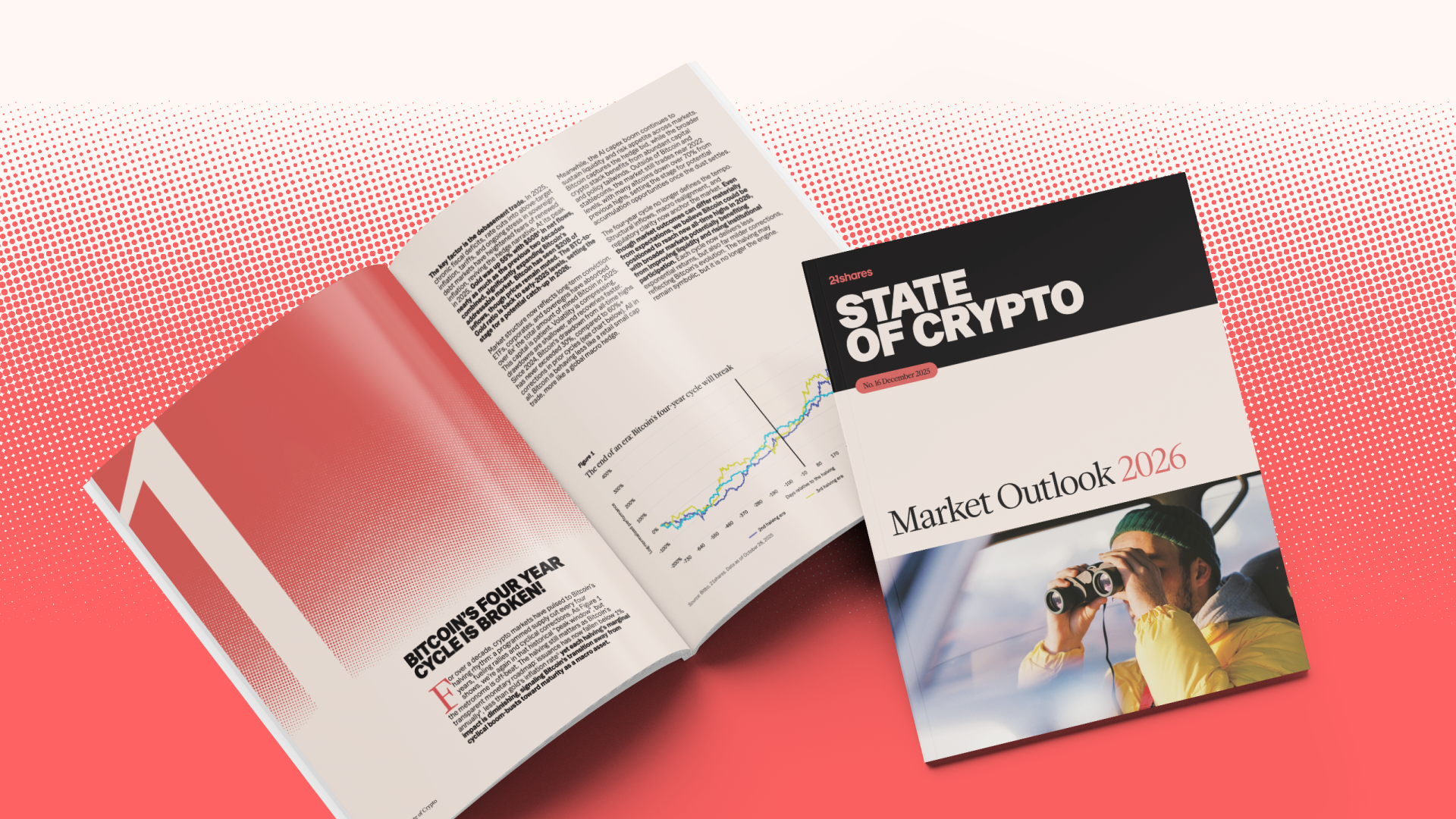War 2025 das Jahr, in dem Krypto erwachsen wurde?
Entdecken

Teil 2: Wie identifiziert man potenzielle Gewinner im Bereich digitaler Assets? (Part 2)

Deine Fragen beantwortet: Wie identifiziert man potenzielle Gewinner im Bereich digitaler Assets? (Teil 1)

Off the Block Podcast: Bitcoin aus der Sicht von Tycho Onnasch von Zest Protocol

Wie identifiziert man potenzielle Gewinner im Bereich digitaler Assets?

Off The Block Podcast: Paul Brody von EY über Ethereum, Datenschutz und Unternehmensreife

Off the Block Podcast: Vivek Raman's Vision für Ethereum an der Wall Street

Die zwei Epochen der Bitcoin-Bewertung: Vor und nach den ETFs

Off the Block Podcast: Der Vater der Kryptowährungen Michael Terpin

Krypto Sell-Off erklärt: 21shares Marktupdate-Call vom 19. November 2025

Warum Canton die institutionelle Datenschutzlücke im DeFi-Bereich schließt

Könnte die Gebührenänderung von Uniswap das entscheidende Signal für DeFi sein?

















_logo.svg)
.svg.png)